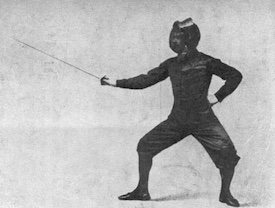ab initio
500+ Head-Fier
- Joined
- May 1, 2013
- Posts
- 854
- Likes
- 158
I keep getting resistance to my "180 degree 2nd harmonic phase shift is equivalent to polarity inversion" argument for my test tone
how about this visualization - I add a phase dependent offset (magneta) to the dynamic sum (sum in blue, magenta is "0" line for blue) to show the +/-90 plots mirrored about the x axis so polarity should be clear by eyeball
I move both the fundamental and the 2nd phase to center the +/-90 sum's peaks on the y axis - "48" in the algebra pane is just the value of alpha when I did the screenshot
but the trick is the relative phase of the 2nd harmonic is shifted a total of 180 degrees relative to the fundamental over the course of the animation - showing that it results in polarity inversion
we do all agree that green and red are opposite polarity?
membership at diyAduio isn't onerous - is free, so far I get <1 official email from the site per month - you don't have to show your email address in your public profile
it is about designing, building, measuring - some even claim to listen, too - several industry "names" in both electronics and loudspeakers regularly participate
the headphone subforum isn't a scratch on head-fi though - even compared to just the diy section here - but there are more amp than cable threads at diyAudio
Wait, why did you add an offset? Shouldnt the dc component be zero?
Cheers





















 = 10^(-12/20)*(cos(2*pi*f1*t) + cos(2*pi*f2*t + phi));
= 10^(-12/20)*(cos(2*pi*f1*t) + cos(2*pi*f2*t + phi));